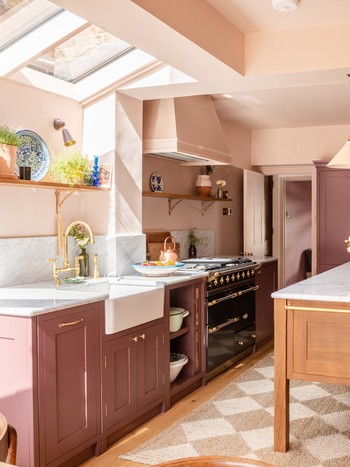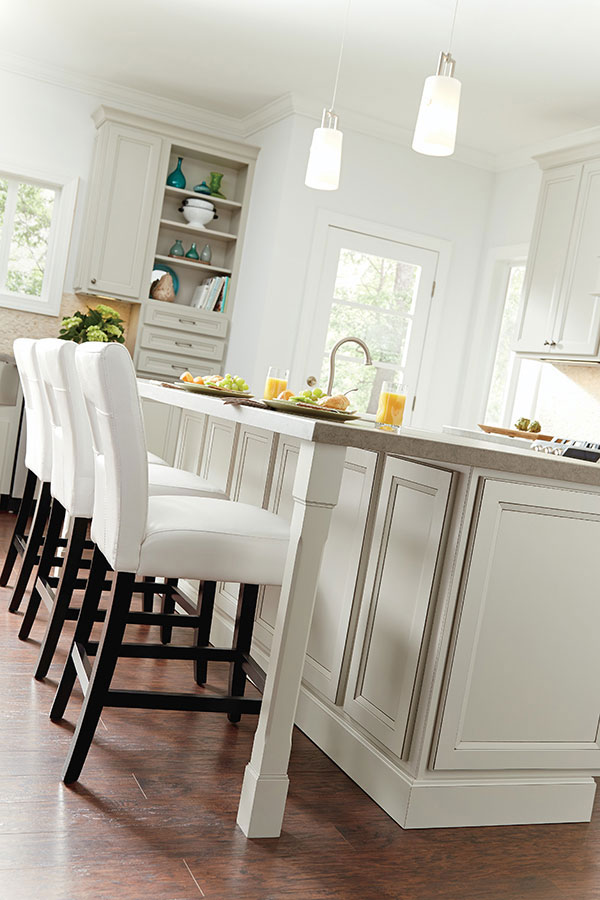Important Variables to Take Into Consideration When Choosing Legs For Cooking Area Island
Picking the suitable legs for a cooking area island involves a careful assessment of multiple aspects that can dramatically influence both functionality and visual allure. Among these, the option of product plays a pivotal function in ensuring resilience, while the style should enhance the existing decoration. Factors to consider such as height and weight support are essential for stability and comfort. As we discover these aspects, it comes to be clear that each choice can have significant effects for the overall kitchen area experience. What subtleties should be thought about in each of these groups to accomplish the optimal balance?
Product Options
When picking legs for a kitchen island, recognizing the various material options is crucial for achieving both aesthetic allure and architectural honesty (Legs For Kitchen Island). The selection of product considerably affects not just the toughness of the island yet likewise its total style and functionality
Timber is a prominent option, using heat and convenience. Strong woods, such as oak or maple, offer strength and can be stained or repainted to match the kitchen area decor. Metal legs, commonly made from stainless steel or functioned iron, add a modern-day and commercial feel while ensuring sturdiness and stability. These materials are immune to wear and can sustain significant weight, making them perfect for bigger islands.
One more option is crafted materials, like MDF or plywood, which can be extra affordable while still offering a variety of coatings. They may not provide the exact same level of stability as strong timber or metal. Legs For Kitchen Island. Lastly, products such as acrylic or glass can develop a modern appearance, though they may call for additional support to guarantee security.
Eventually, the option of product for cooking area island legs must align with the desired functionality and the total style of the cooking area.
Design And Style

When considering design, the form and coating of the legs are vital. Conical legs can supply a sense of lightness and beauty, while thicker, more durable legs can convey strength and security. Additionally, the finish-- be it painted, tarnished, or natural-- should complement the cabinetry and counter top products to create a unified look.
Moreover, the design of the legs can also mirror individual preference. Custom or ornamental legs, such as those featuring complex carvings or one-of-a-kind geometric forms, can offer as prime focus, including character and individuality to the kitchen area. Eventually, the ideal option will not only boost functionality but also elevate the visual allure, making the cooking area island a standout function of the home.
Height Considerations
Choosing the ideal elevation for kitchen island legs is important, as it directly impacts both capability and comfort. The standard elevation for a kitchen island usually ranges from 36 to 42 inches, lining up with usual countertop heights. A 36-inch elevation is ideal for food prep work and food preparation, permitting comfortable usage of kitchen home appliances and tools. Alternatively, a height of 42 inches is usually liked for islands meant for bar seats, accommodating taller feceses and using a laid-back dining experience.

It is also essential to make up customers' choices and heights. Personalizing the height can make certain a comfortable experience for all relative, making the kitchen island an extra delightful and functional room.
Weight Support
Guaranteeing adequate weight assistance for cooking area island legs is essential for both safety and capability. The kitchen island often serves numerous purposes, consisting of food prep work, dining, and additional storage space, necessitating a durable assistance structure. When selecting legs, it is crucial to consider the general weight ability needed based upon the island's meant usage and the materials that will be positioned on it.
The option of product for the legs plays a substantial function in their weight-bearing abilities. Strong timber, steel, and heavy-duty composites usually provide premium stamina contrasted to lighter products. In addition, the style of the legs-- whether they are straight, tapered, or have a pedestal kind-- can influence their capability to disperse weight properly across the framework.
Additionally, the leg placement must be purposefully prepared to improve stability. Legs positioned at the edges or with a wider base can better sustain much heavier tons. Constantly get in touch with the producer's specifications regarding lots limitations to make sure that the legs can maintain the desired weight without jeopardizing safety. In summary, selecting kitchen area island legs with appropriate weight assistance is essential for creating a practical and secure culinary space.
Installation and Maintenance
Appropriate installation and upkeep find out here of cooking area island legs are vital for ensuring long life and security. This commonly involves securing the legs to the island base utilizing proper bolts, making certain that the legs are degree and aligned.
As soon as installed, regular maintenance is required to maintain the honesty and look of the legs - Legs For Kitchen Island. For wood legs, periodic cleansing with a read what he said damp fabric and application of suitable timber polish can protect against moisture damage and keep their finish. Metal legs may call for a mild cleaning option to remove grease and crud, followed by a dry fabric to avoid rust formation
Additionally, check the legs regularly for signs of wear or damages, such as splits or loosened joints. Tightening up screws or screws as required can likewise lengthen the life-span of the legs. By sticking to these setup and maintenance methods, home owners can ensure that their cooking area island stays durable and visually appealing for years ahead.
Conclusion

Aesthetic comprehensibility is paramount in picking the design and design of legs for a kitchen island, as these elements considerably influence the total atmosphere of the area. Conical legs can offer a sense of agility and sophistication, while thicker, extra robust legs can share toughness and security.Selecting the appropriate height for kitchen area island legs is essential, as it straight influences both capability and comfort. In recap, picking kitchen island legs with adequate weight support is necessary for creating a safe and useful culinary space.
In final thought, selecting legs for a kitchen island demands mindful factor to consider of numerous elements, consisting of material options, style, height, weight support, and setup.
Comments on “Explore Modern and Classic Styles in Legs For Kitchen Island Jobs”